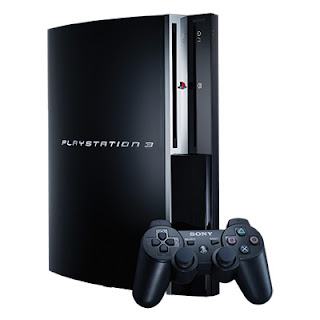The Q7 is Audi's first ever SUV offering with a recent refresh and a new engine lineup. The large crossover provides seating for seven and rides on Volkswagen's 7L platform.The design was originally based on the Audi's Pikes Peak quattro concept car, and mechanically the Q7 is similar to both the Volkswagen Touareg and Porsche Cayenne.
The base Q7 engine features a 272 horsepower, 295 lb-ft of torque supercharged 3.0-liter V6, coupled with a 6-speed Tiptronic automatic transmission. This combo will take the Q7 from a stop to 60 mph in 7.8 seconds and is rated at 16 city and 22 highway miles per gallon.
For the S-line Q7, the 3.0 TFSI engine is uprated to 333 horsepower and 325 lb-ft of torque, but retains the same fuel economy ratings. Acceleration to 60 is hasted to 6.9 seconds.
The final engine option is a 3.0-liter, 225 horsepower, 406 pound-feet of torque V6 turbo-diesel, or TDI as Audi calls it. The TDI offering will demand an extra $4,000 and will boost fuel efficiency to 17 mpg city, and 25 mpg highway while using the same 6-speed Tiptronic automatic and quattro AWD as the other two engines. The TDI comes in just slower than the 3.6-liter V6 with an 8.5 second 0-60 time.
Audi has also decided to change its naming scheme around for its trim levels, with Premium now representing the base model, Premium Plus as mid-grade and Prestige as the top offering. If customers opt for the gas-powered Q7, they can also get the S-line Prestige model.
Standard across the latest Q7 line you will find a plethora of features, such as: Servotronic speed-sensitive steering, eight-speed Tiptronic automatic transmission, electronic differential lock, adaptive air suspension, front and rear vented disc brakes, anti-theft alarm, heated windshield nozzles, power tailgate, leather seats, iPod, Blueooth and Sirius radio connectivity and more.but if that list isn't enough, upgrading to the Premium Plus trim level will add: parking system with camera, auto-dimming, power-adjustable and power-folding heated exterior mirrors with integrated LED turn signals, xenon plus headlights with automatic self-leveling and integrated LED daytime running lights, panarama sunroof, driver memory, Multi Media Interface system including navigation, voice control system and an eight-color driver information display. To distinguish the two from the outside, the Premium Plus also gets more brightwork, including chromed roof rails.
On the safety front, the three SUVs come with ABS and EBD-enhanced four-wheel ventilated disc brakes, and Audi's Electronic Stabilization Program. Regardless of engine choice, the behemoths are limited to 130 mph top speeds. The Prestige trim comes standard with upgraded brakes for maximum stopping power.
Maximum towing capacity for the V6 model is 5,500 pounds, with the TDI and V8 both managing 6,600 lb burdens.



















 aston martin" i
aston martin" i


